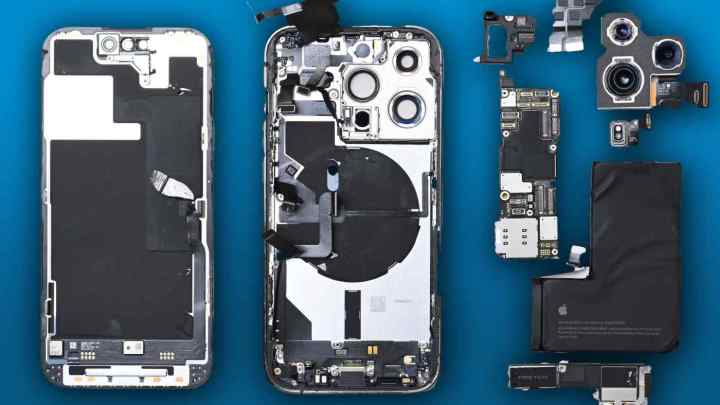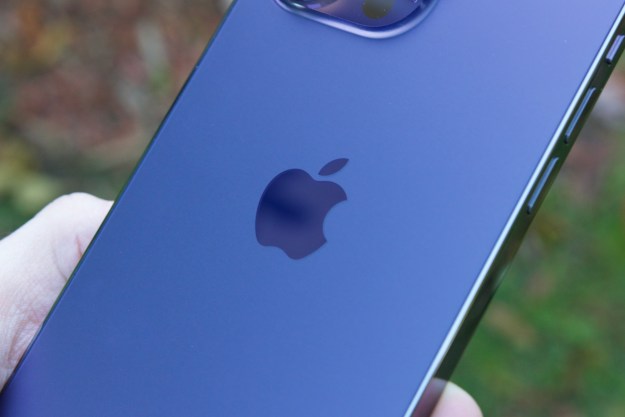When Apple launched the iPhone 14 and iPhone 14 Pro lineups this year, one of the biggest differentiating factors between the two models was the silicon inside. Apple’s new A16 Bionic is exclusive to the iPhone 14 Pro and iPhone 14 Pro Max, while the iPhone 14 and iPhone 14 Plus still use the last-gen A15 that debuted with the iPhone 13 series. The reasoning behind this decision comes down to the manufacturing price of the A16, which turns out to be more than twice the cost of the A15.
A teardown of the iPhone 14 devices was done by Nikkei Asia, which allowed the site to take a closer look at the various components of each part, such as the cameras and processors. According to Nikkei Asia’s findings, the production costs for the iPhone 14 Pro’s A16 chip are about 20% more expensive to make than the previous iteration, coming in at a total of $110. This is about 2.4 times more expensive than the A15 that debuted in the iPhone 13 series and is recycled in the standard iPhone 14 and iPhone 14 Plus models.

Overall, the iPhone 14 Pro Max production cost totals around $501 for Apple in terms of parts, which is $60 more than the previous iPhone 13 Pro Max. For Apple, this cost increase is rather steep, as costs have usually stayed between $400 to $450 since the iPhone XS Max launched back in 2018.
The reason for the higher costs is due to the fact that the A16 Bionic utilizes a 4-nanometer process from TSMC, a chip supplier, compared to the 5-nanometer process for the older A15 chip. But the higher costs aren’t just for the processors. In fact, the new camera components in the entire iPhone 14 lineup are also more expensive, including the Sony CMOS image sensors that are 30% larger than previous iterations and cost $15 — 50% more than before.
Another possible explanation for the higher costs in production is due to most parts coming from U.S. suppliers, which make up about 32.4% of the cost, up 10% from the iPhone 13. Comparatively, South Korea was a top supplier in 2021, but the country’s share has dropped down to 24.8%, which is over five points.

Apple also raised the price of the iPhone 14 series in other countries, like the U.K., Japan, and Germany (to name a few) due to the strong value of the U.S. dollar. Because of these price hikes, the expensive production costs mean fewer profits for Apple.
Since the iPhone 14 and iPhone 14 Plus are recycling the A15 chip from last year, some people may not see a reason to upgrade to either of these devices, though it makes sense from a business perspective (Apple is still a business, of course). After all, the iPhone 14 Pro and iPhone 14 Pro Max are using the newer and faster A16 Bionic, and have other great features like an always-on display, the Dynamic Island, and a 48-megapixel main camera — all of which make it more worth it for the price. But if you’re coming from an older iPhone, such as the iPhone X, then even the iPhone 14 with its last-gen A15 should still be an improvement.
Editors' Recommendations
- 3 reasons why I’ll actually use Anker’s new iPhone power bank
- There’s a big problem with the iPhone’s Photos app
- Why you should buy the iPhone 15 Pro Max instead of the iPhone 15 Pro
- iPhone 16: news, rumored price, release date, and more
- This is our best look yet at the iPhone 16’s big design changes




